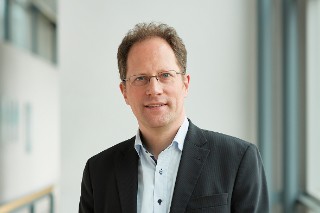Building-Integrated Photovoltaics (BIPV) refers to the integration of photovoltaic modules into the roof or façade of a building. The BIPV element replaces other components, including their function, and thus acts as a roof tile or part of a glass façade, for example. If BIPV is taken into account in new builds and renovations, conventional building materials can be replaced. Advanced BIPV technology, including the colored PV modules (MorphoColor®) developed at Fraunhofer ISE, open up variable PV solutions and a wide range of design options for architects and planning offices. BIPV is also an effective measure against increasing land sealing. This means that extensive areas can be used to generate electricity on a single building without taking up additional space.
Market Expectations for BIPV
The market for photovoltaics on buildings is growing continuously and holds great potential. For example, around 500 GWp of installed capacity will be required by 2045 if the energy transition in Germany is to succeed. With a potential output of around 1000 GWp, photovoltaics on buildings can make a significant contribution to the decarbonization of the building sector and built infrastructure. Already today, 75% of installed PV is located on buildings. Our collaborations with industry partners aim to establish BIPV as a standard in the construction industry in the future. In particular, the development of modules that are variable in shape, size and appearance and their automated production represent a great opportunity for European PV manufacturers and for securing local value creation within PV production.
R&D-Services
- Planning Support: Optimization of BIPV installation processes and improvement of electricity yield
- Component Evaluation: Experimental optical and thermal characterization and evaluation of the glare potential of BIPV
- Development and testing of individual, customizable PV modules in the Module-TEC – Module Technology Evaluation Center
- Digital product development and factory planning for new digital photovoltaic products



